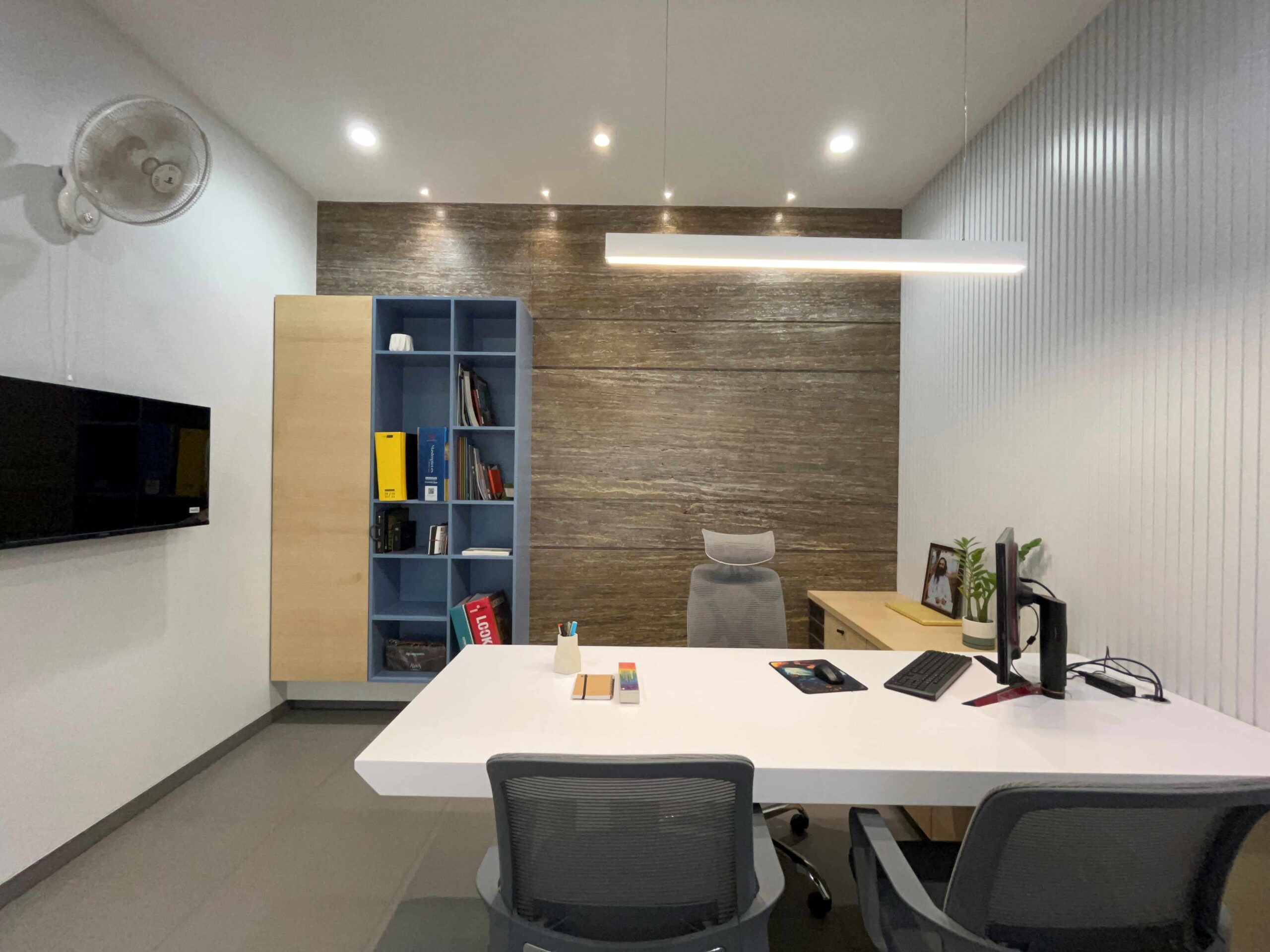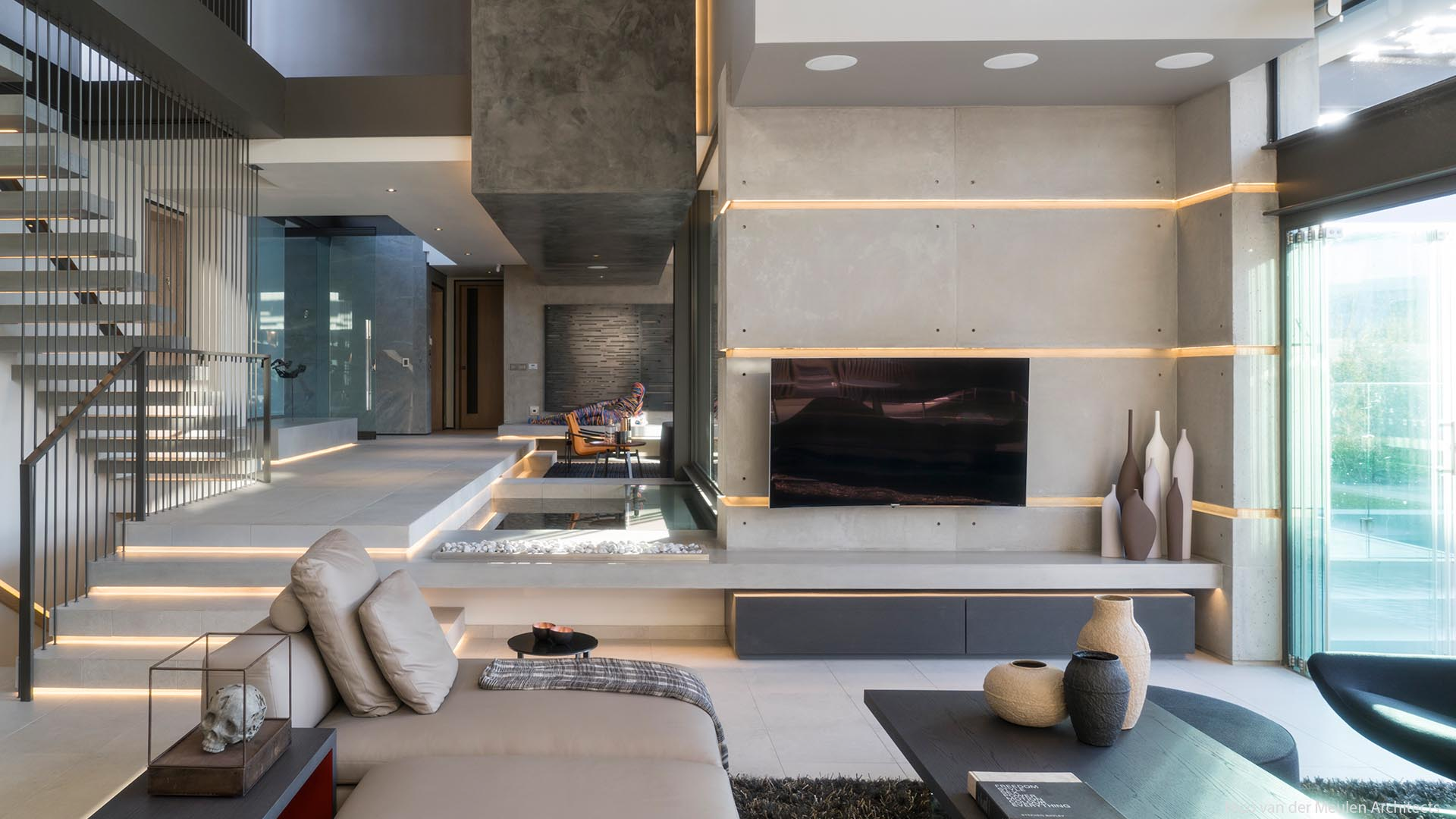The Art of Balance: Exactly How Interior Design and Home Designer Collaborate for Stunning Outcomes
In the world of home layout, striking an equilibrium in between looks and capability is no little accomplishment. This delicate balance is achieved through the unified cooperation in between interior designers and architects, each bringing their unique proficiency to the table. Keep with us as we discover the ins and outs of this collective process and its transformative impact on home design.
Comprehending the Core Differences In Between Inside Design and Home Design
While both Interior Design and home style play crucial duties in producing visually pleasing and functional areas, they are inherently different techniques. Home design primarily concentrates on the structural elements of the home, such as developing codes, safety laws, and the physical building of the space. It manages the 'bones' of the structure, collaborating with spatial measurements, bearing walls, and roofing system layouts. On the other hand, Interior Design is a lot more concerned with improving the sensory and aesthetic experience within that structure. It includes selecting and preparing furniture, picking color design, and including decorative elements. While they function in tandem, their roles, duties, and areas of knowledge diverge substantially in the creation of a harmonious home setting.
The Synergy In Between Home Architecture and Interior Decoration
The harmony in between home architecture and Interior Design depends on a common vision of design and the enhancement of functional visual appeals. When these 2 areas align harmoniously, they can change a living space from ordinary to amazing. This cooperation calls for a deeper understanding of each discipline's principles and the capability to produce a cohesive, visually pleasing atmosphere.
Unifying Style Vision
Unifying the vision for home style and interior layout can produce an unified living room that is both practical and cosmetically pleasing. It advertises a synergistic technique where architectural components enhance indoor design elements and vice versa. Thus, unifying the layout vision is essential in mixing architecture and interior layout for spectacular outcomes.
Enhancing Functional Visual Appeals
Just how does the synergy in between home design and Interior Design improve useful aesthetic appeals? This harmony enables the development of spaces that are not only visually enticing but likewise comfortably functional. Engineers prepared with their architectural design, making sure that the room is reliable and useful. The indoor developer then complements this with very carefully chosen elements that boost the looks without endangering the capability. This harmonious cooperation can lead to homes that are both beautiful and livable. As an example, a designer may create a residence with high ceilings and large windows. The indoor developer can after that emphasize these attributes with high plants and large drapes, specifically, thus enhancing the aesthetic appeal while keeping the sensible benefits of natural light and spaciousness.
Value of Partnership in Creating Balanced Spaces
The collaboration in between interior developers and designers is pivotal in developing balanced spaces. It brings consistency between layout and architecture, offering birth to areas that are not just visually pleasing but likewise useful. Discovering successful collaborative approaches can give insights right into exactly how this synergy can be properly achieved.
Integrating Design and Style
Equilibrium, a crucial facet of both indoor style and design, can only truly be achieved when these 2 areas work in harmony. This collaborative procedure results in a natural, well balanced design where every element has a purpose and adds to the overall visual. Integrating layout and design is not just concerning producing stunning spaces, yet regarding crafting spaces that function effortlessly for their residents.
Successful Joint Methods

Situation Studies: Effective Combination of Design and Style
Taking a look at numerous study, it emerges just how the successful assimilation of Interior Design and style can transform a room. The Glass Home in Connecticut, renowned for its minimalistic elegance, is one such instance. Architect Philip Johnson and indoor designer Mies van der Rohe worked together to create an unified equilibrium between the inside and the structure, leading to a seamless flow from the outside landscape to the inner living quarters. An additional exemplar is the Fallingwater Residence in Pennsylvania. Architect Frank Lloyd Wright and interior developer Edgar Kaufmann Jr.'s collaborative initiatives lead to a strikingly unique home that mixes with its natural environments. These case research studies underscore the profound effect of an effective layout and architecture partnership.

Getting Over Difficulties in Design and Style Partnership
Regardless of the indisputable benefits of an effective collaboration in between Interior Design and design, it is not without its obstacles. Interaction problems can arise, as both celebrations might use different terminologies, understandings, and strategies in their work. This can lead to misconceptions and hold-ups in task completion. An additional major difficulty is the balancing act of aesthetics and performance. Engineers may focus on structural integrity and safety and security, while designers concentrate on convenience and style. The assimilation of these objectives can be complicated. In addition, budget and timeline restrictions frequently include stress, potentially triggering breaks in the collaboration. For that reason, reliable interaction, mutual understanding, and concession are vital to overcome these difficulties and accomplish a unified and effective collaboration.

Future Trends: The Progressing Partnership In Between Home Architects and Interior Designers
As the world of home layout remains to evolve, so does the partnership between designers and indoor designers. The pattern leans in the direction of a much more incorporated and collaborative method, breaking devoid of conventional duties. Architects are no longer only focused on structural stability, yet also engage in boosting aesthetic allure - Winchester click here for more info architect. Conversely, interior designers are accepting technological aspects, influencing general design and capability. This evolving symbiosis is driven by improvements in technology and the growing demand for areas that are not only aesthetically pleasing however sustainable and also useful. The future guarantees a more natural, cutting-edge, and adaptive method to home layout, as designers and architects remain to obscure the lines, promoting a connection that absolutely symbolizes the art of balance.
Conclusion
The art of equilibrium in home design is attained with the unified collaboration between indoor designers and engineers. Despite obstacles, this partnership cultivates growth and advancement in design.
While both interior layout and home architecture play vital duties in producing cosmetically pleasing and functional areas, they are naturally different self-controls.The harmony between home design and indoor design lies in a shared vision of style and the improvement of useful aesthetics.Merging the vision for home style and interior layout can develop an unified living area that is both useful and aesthetically pleasing. Therefore, unifying the layout vision browse around this site is essential in mixing style and indoor design for spectacular outcomes.
Just how does the harmony between home architecture and interior style boost useful aesthetic appeals? (Winchester architect)